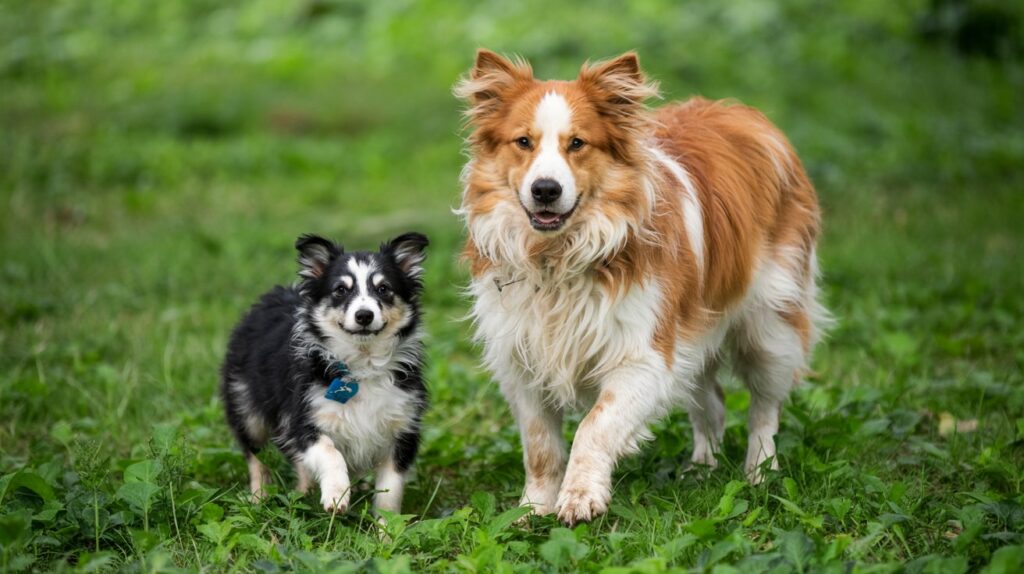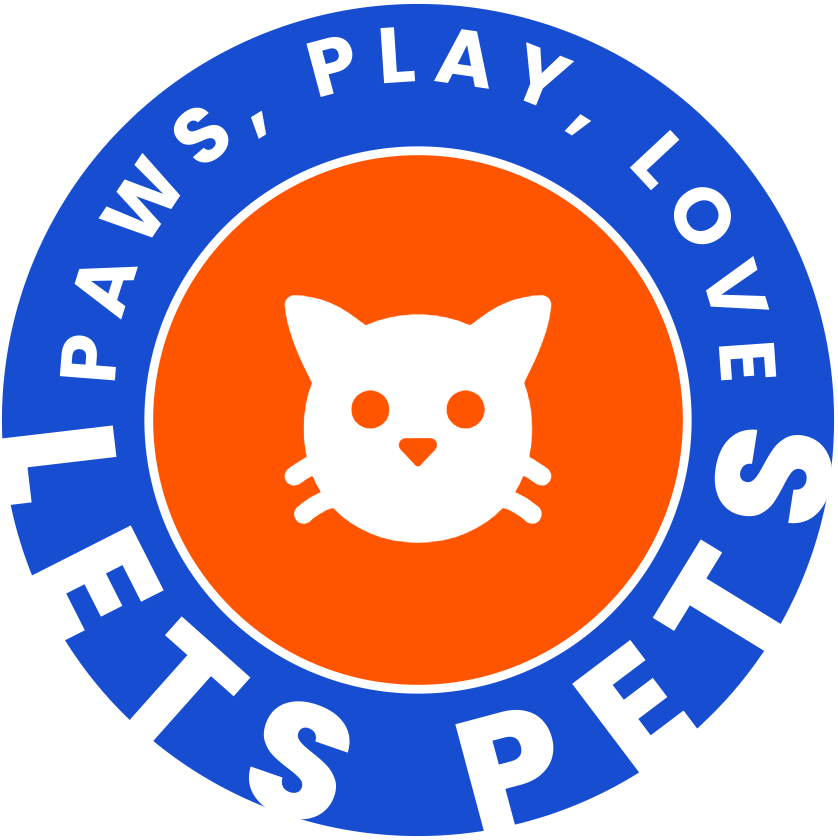Table of Contents
- Introduction: The Unwavering Voice for Animal Rights
- Confronting Systemic Cruelty Head-On
- Dismantling the Puppy Mill Industry
- Combating the Brutality of Animal Fighting
- Shaping a More Humane Future Through Legislation
- Strengthening Animal Protection Laws
- Advocating for Cruelty-Free Products
- Conclusion: The Collective Responsibility for Animal Welfare
- Frequently Asked Questions (FAQs)
1. Introduction: The Unwavering Voice for Animal Rights
In a world where many creatures cannot speak for themselves, animal welfare advocacy provides a powerful and essential voice. Organizations dedicated to this cause stand as guardians for pets and wildlife, tirelessly working to ensure they are treated with dignity and compassion. This mission involves a multi-faceted approach, from hands-on rescues to influencing national policy. At the heart of this movement is a commitment to challenge cruelty, promote humane treatment in every sector, and fundamentally reshape humanity’s relationship with the animal kingdom for the better.

2. Confronting Systemic Cruelty Head-On
A primary focus of animal welfare advocacy is tackling large-scale, organized forms of cruelty. These practices, often hidden from public view, cause immense suffering and require a coordinated and relentless response.
Dismantling the Puppy Mill Industry
Puppy mills represent a dark side of the pet industry. These are commercial breeding facilities where profit is placed far above the well-being of the animals. Dogs are often kept in cramped, unsanitary cages with inadequate food, water, and veterinary care. Advocacy groups work to expose these deplorable conditions, rescue the suffering animals, and push for legislation that makes such operations illegal. Their goal is to cut off the demand by educating the public to choose adoption or responsible breeders over pet stores that may source from these mills.
Combating the Brutality of Animal Fighting
Animal fighting is a violent and barbaric enterprise that forces animals to fight, often to the death, for human entertainment and illegal gambling. Organizations are on the front lines, working with law enforcement to raid these operations, rescue the animal victims, and ensure the perpetrators are brought to justice. Beyond intervention, they advocate for stronger felony penalties for animal fighting to create a more effective deterrent against this horrific cruelty.
3. Shaping a More Humane Future Through Legislation
While direct intervention is critical, lasting change is often achieved in the halls of government. Legislative advocacy is a cornerstone of the animal welfare movement, aiming to create a legal framework that protects animals from harm.
Strengthening Animal Protection Laws
Advocates work at local, state, and federal levels to introduce and pass stronger animal protection laws. This includes policies that increase penalties for abuse, set minimum standards for animal care in commercial operations, and provide better resources for law enforcement to investigate animal cruelty cases. By creating robust legal protections, these organizations build a foundation for a more humane society where the mistreatment of animals is not tolerated.
Advocating for Cruelty-Free Products
A significant area of legislative effort is the campaign to end animal testing, particularly for cosmetics and household products. This involves promoting the development and adoption of modern, non-animal testing methods that are often more effective and ethical. By lobbying for laws that ban the testing of products on animals and the sale of animal-tested cosmetics, these groups are driving a global shift towards cruelty-free innovation and consumerism.
4. Conclusion: The Collective Responsibility for Animal Welfare
The fight for animal welfare is a continuous and evolving battle championed by dedicated organizations and compassionate individuals. From shutting down puppy mills and fighting rings to shaping national laws against animal testing, the scope of this work is vast. The ultimate success of this advocacy relies not only on these groups but on a collective public consciousness that recognizes the intrinsic value of animals and demands their humane treatment. Every choice, from where we get our pets to the products we buy, contributes to creating a safer and kinder world for all living beings.
5. Frequently Asked Questions (FAQs)
Q1: What is the main difference between animal welfare and animal rights?
- A1: Animal welfare focuses on the humane treatment of animals, ensuring they have good quality of life and are free from unnecessary suffering, while still allowing for human use (e.g., as pets or for agriculture) under strict ethical guidelines. Animal rights is a philosophical stance that animals should not be used by humans for any purpose and should have legal rights similar to humans.
Q2: How can I ensure I am not supporting puppy mills when getting a dog?
- A2: The best way is to adopt from a local animal shelter or a reputable rescue organization. If you choose to go to a breeder, insist on visiting their facility. A responsible breeder will have a clean, spacious environment and will want to meet you and your family in person. Avoid buying puppies online or from pet stores, as they are often sourced from puppy mills.
Q3: Are products labeled “cruelty-free” always free from animal testing?
- A3: Generally, a “cruelty-free” label means the final product was not tested on animals. However, for complete assurance, look for third-party certifications like the Leaping Bunny logo, which guarantees that no animal testing occurred at any stage of product development, including by ingredient suppliers.
